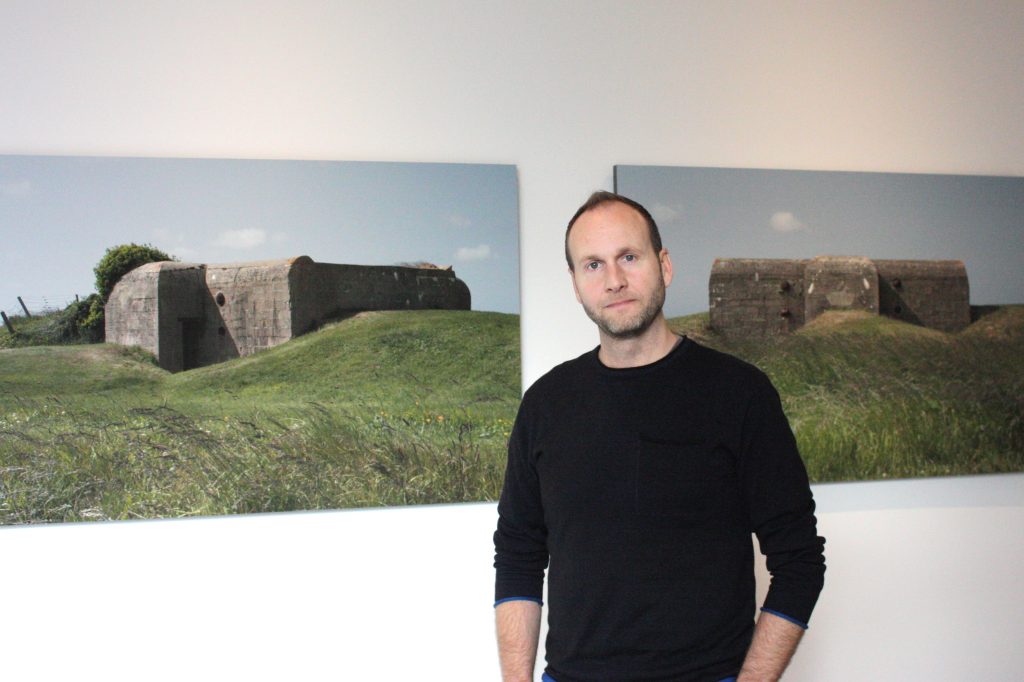Grand opening for arts hub in Little Italy
By Shanice Pereira
Centretown has a major new arts hub.
The School of the Photographic Arts: Ottawa has completed its move to Little Italy from the Byward Market with the grand opening of a new teaching and exhibition space.
It’s the first move SPAO has made since it opened its doors on Clarence Street 13 years ago. The new space is much larger and more accessible, said SPAO’s creative director Jonathan Hobin.
The new Pamilla Street centre, unveiled at an open house celebration on Nov. 10, was designed to be a workspace for part-time and full-time students as well as participants in the school’s international artist residency program. It will also be a place where the students can showcase their work in three different exhibitions throughout the year, according to Hobin.
The SPAO centre will house what Hobin calls the only independent, critical gallery dedicated solely to photography in the region, the closest other ones being in Toronto and Montreal.
SPAO fills a “true need” in the community, he added, “and that’s something that is very important for us.”
Hobin said the school’s new home will showcase four other curated gallery exhibitions focusing on regional artists, national work in connection with the Tulip Festival, international art linked with embassies in Ottawa, and the photographic creations of SPAO patrons and alumni.
SPAO has had a lot of community support from its start, said Hobin, and has now received financial support from the Preston Street Business Improvement Association, which helped SPAO finance the centre’s grand opening party.
“We are just thrilled to have SPAO in our neighborhood,” said the BIA’s executive director, Lori Mellor. “It’s so consistent with the vision of the European-style village that we’ve been trying to create in our renaissance in Little Italy.”
Little Italy was chosen as the location because of its creative vibe, including the Santini Gallery, and because Hobin and SPAO co-founder Michael Tardioli have personal connections to the neighbourhood through their families.
“I think that the school here doing the photographic arts rounds out the arts dialogue that’s been happening with the other arts institutions in the neighbourhood. It feels more like a complete community now,” said Hobin.
Tardioli said Hobin focuses on the administrative aspects of SPAO so that he can focus on his strength as director of education: teaching the students.
“I’m not just thinking of giving students a grounded education,” said Tardioli. “I’m more interested in assessing talent and being able to place artists, commercial photographers, and people in the creative arts in the right places so they move on and they do great things with their career.”
Celeste Martin, one of SPAO’s second-year students in the full-time diploma program, said she has had a great experience at the school so far learning about different techniques for taking and developing photographs. SPAO also has a part-time program, taught on evenings and weekends, which has more than 100 participants throughout the year.
“You can build a pretty close relationship with (the teachers) if you want to, obviously, especially with Michael (Tardioli),” said Martin. “He’s very much so a mentor us all.”
The school has six faculty members and a variety of part-time instructors and volunteers who help the students with their work and provide one-on-one time, according to Hobin.
Martin said one reason she chose SPAO was because of the small class sizes of around 15 people. The other reason, she said, was the inclusive environment. “No matter who you are, you feel like you fit there,” she said. “It’s kind of misfit-y in the best way possible.”
Said Tardioli: “I hope one day SPAO does become a world-class facility, and that we can attract a lot of major talent from around the world.”

